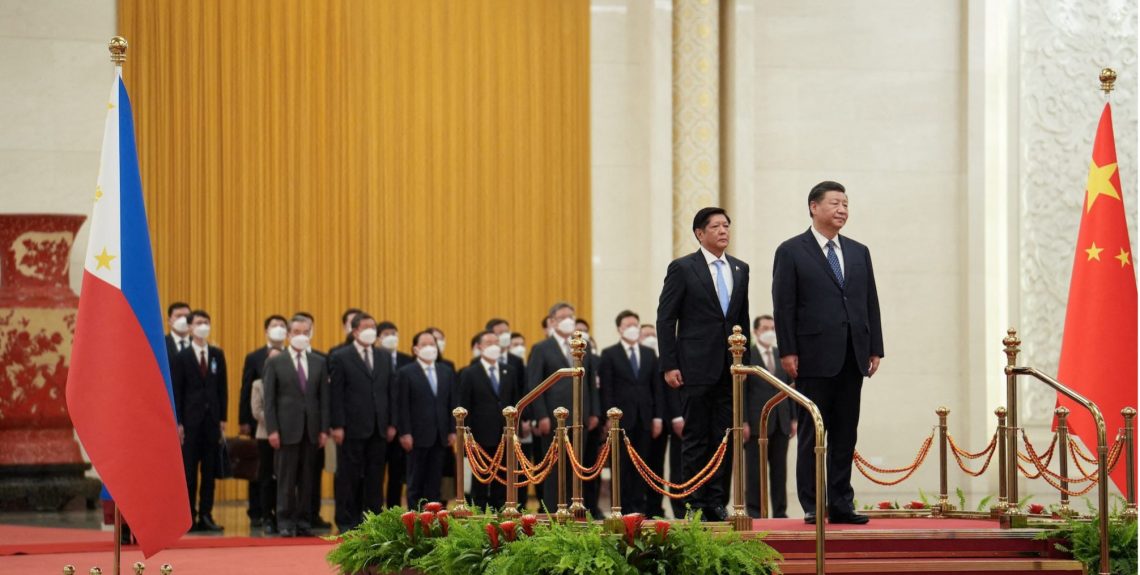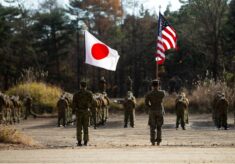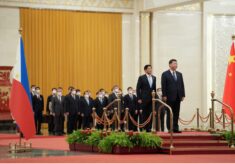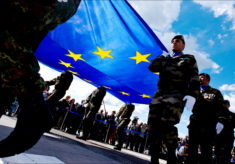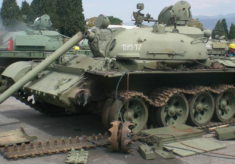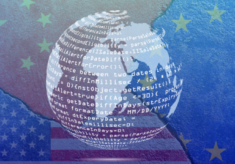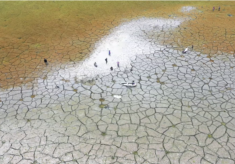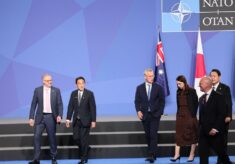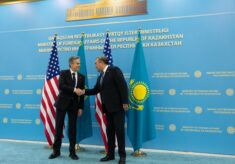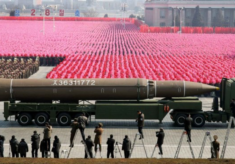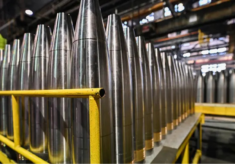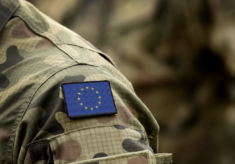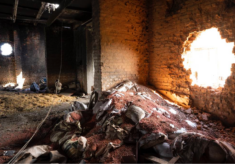It seems highly probable that the issue of Taiwanese independence might be the defining one not just for Asia, but for the whole world. Nevertheless, there may be today an ever more momentous place in the region, and that is the South China Sea (SCS). The latter is a 3.500.000 km2 body of water that impinges on the shores of South China, Vietnam, Malaysia, Singapore, Indonesia, the Philippines, and finally Taiwan.
Nonetheless, China has claimed almost the entirety of it, leveraging a maritime doctrine called the Nine Dash Line, based on a 1947 Chinese map that shows the entire South China Sea as belonging to Beijing.
With the rise to power of Xi Jinping in 2014, China has begun to employ its Coast Guard (with vessels regularly mounting a cannon at the bow) to enforce the abovementioned doctrine, coming into friction with, above all, the Philippines. In particular, the waters off the coast of the island of Palawan are the most dangerous. There, the Spratly Islands sit at the very centre of contention, as they are claimed by both China and the Philippines.
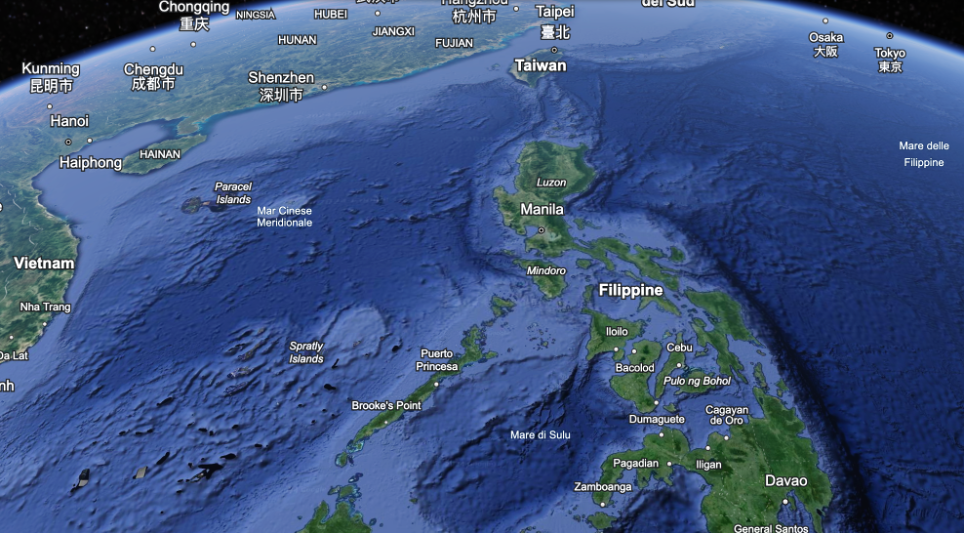
In 1999, Manila grounded the old tank landing ship BRP (Barko ng Republika ng Pilipinas) Sierra Madre on Second Thomas Shoal, to assert its stake in the area. The Philippines have since then repaired and resupplied the old vessel; there is now always some Filipino naval personnel stationed on the BRP Sierra Madre. This has caused tensions between the China Coast Guard (CCG) and the Armed Forces of the Philippines (AFP).
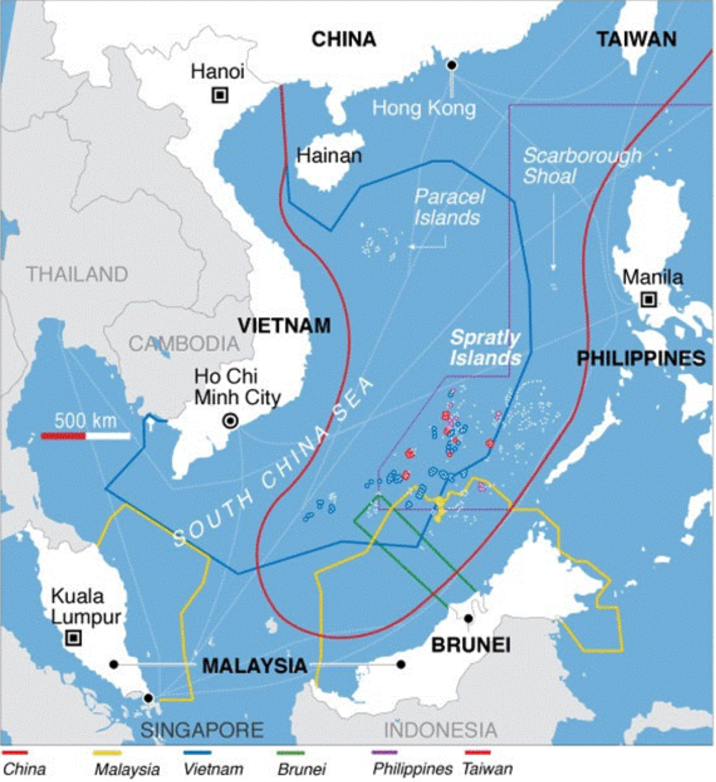
On mid-April 2024, the President of the United States and his Japanese and Filipino counterparts met in Washington DC for their first ever trilateral summit, which dealt mostly with security issues. It was an important statement of commitment by the USA towards the security of the Philippines, including its economic security. In fact, the United States are trying to fill the economic void left by the Philippines that, due to security concerns, are steadily moving away from China. To this aim, the US Secretary of Commerce Gina Raimondo has led a high-level mission to Manila in mid-March 2024, joined by 21 American business leaders and corporate executives. However, China is still the Philippine’s top trading partner, the biggest import source and second largest export market. In addition, roughly one third of all tourists visiting the Philippines each year come from China.
Furthermore, the other nine ASEAN countries (organization of which the Philippines are a founding member) seem to be moving closer to China than to the EU and the US. One of the objective reasons is that it would be impossible for the Philippines and for Southeast Asian countries to decouple from China, for the time being.
A third issue is energy. The Philippines currently rely on the Balanpaya Gas Field to power more than 20% of its economy and society. However, that reservoir is nearing its end; the Philippines must explore the waters of its EEZ in search for more hydrocarbons. It is estimated that there may be 3,6 billion barrels of petroleum and 1,14 trillion cubic metres of natural gas laying underneath the seabed of the South China Sea. China wants access to those resources as well. The exploration of those waters was originally intended to be carried out by a joint venture between China, the Philippines and Vietnam. In fact, Manila may lack the resources to carry out such task alone. The Supreme Court of the Philippines ruled in 2023 that the country must be in full control of all operations concerning the explorations in its own EEZ, and that China can therefore only be a subcontractor. The Chinese would surely not agree to this because they claim sovereignty over the entirety of the SCS. In early 2024, Manila announced that it will proceed to oil and gas exploration without Beijing, although the CCG is likely to try to impede those efforts. Furthermore, China has introduced a law earlier this year that allows the CCG to apprehend and retain foreigners trespassing into what Beijing considers its own sovereign waters in the SCS. This poses an additional security threat to the Philippines.
However, Manila can always appeal to the Mutual Defense Treaty that signed with Washington as far back as August 1951, that obliges the two countries to aid each other in case of war. Every year, the US and the Philippines hold a joint military exercise on Filipino soil, the Balikatan (Shoulder-to-shoulder). In 2024, the Balikatan was held in the Batanes Islands, the northernmost group of islands in the Philippines, located only 240 km away from Taiwan. This year, likeminded countries like Australia and Japan have joined the military exercise as well. Under the auspices of the Enhanced Defense Cooperation Agreement (2014), the US military can operate from five bases on Filipino soil. In 2023, President Marcos signed an additional agreement that allows the US access to four additional bases, three of which located in the north on Luzon Island, and a fourth in the south on the island of Palawan.
The 20th of June the CCG went for the first time so far as to stop a Filipino supply ship from nearing the BRP Sierra Madre, on Second Thomas Shoal. The unprecedented engagement has seen several CCG vessels swarming around and colliding with the Filipino supply ship. The AFP footage shows the Chinese wielding sticks and axes to harass the Filipino personnel (several were injured). President Marcos commented that if a Filipino is killed by the CCG, this could be interpreted as an act of war by the Philippines, triggering the Mutual Defense Treaty with the US.
The events of June 20th were roundly commented by Chief of Staff of the Armed Forces General Romeo Brawner as acts of piracy; further developments indicated on the one hand an escalation and on the other the search by the Filipino government to open channels with Beijing. By the 2nd of July an “Arrangement on Improving Philippines-China Maritime Communication Mechanisms” has been signed by the parties, hoping that this will reduce the chances of serious incident and that the Chinese counterparts will not display boycotting behaviour as it has happened on the China-USA and China-Philippines hotlines.
In reality, a first bilateral agreement on maritime communications had been already signed in January 2023 during the state visit of President Marcos to President Xi, including a hotline. Evidently, at the first incident in August 2023, the Chinese did respond many hours to calls on this line. In January 2024, following a BCM (Bilateral Consultation Mechanism) meeting hosted in Shanghai, the two countries agreed to “improve” the maritime hotline and agreed that it would include both the foreign ministries and coast guards of the two countries.
This year’s Balikatan exercise was held on the Batanes Islands due to their strategic location on the Bashi Channel, and their proximity to Taiwan. The exercise’s tactical themes were: repelling an amphibious landing; staging a landing (for the first time USMC Amphibious Combat Vehicle in their infantry fighting version) and resupplying by air a force in a contested island in times of crisis. In case of a war over the island, the Batanes Islands may very well be the target of a pre-emptive strike by China, to cripple American military facilities and allow the landing of amphibious forces in the southern provinces of Taiwan (probably near the important city of Kaohsiung). And even if this shall not occur, the Batanes Islands would be the natural corridor through which Manila could, in case of a conflict, repatriate the roughly 220.000 Filipinos living and working on Taiwan.
The South China Sea is a critical area of the Pacific and the Philippines can contribute to defuse tensions and foster cooperative security in the region.
Guido Mocchegiani
Guido Mocchegiani is geopolitical analyst at the Istituto Analisi Relazioni Internazionali.

